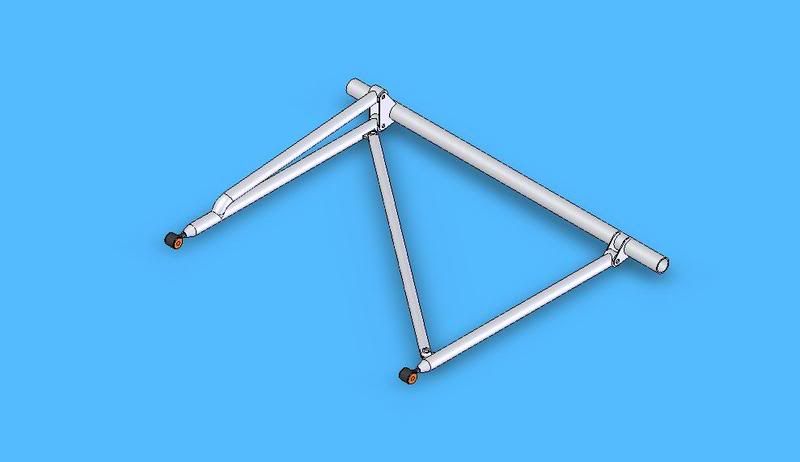Great point, and I agree as both wheels are connected one side will always affect the other. The amount it affects it is another story. I guess it really depends on cost at that point. I would imagine a true independent set up would perform better. If cost isn't a consideration then that might be the best bet. I think I fall into a happy medium somewhere. I would like the ability to adjust the damping with air bags, but still like the ease of only running leafs as a location point for the axle. As far as never being able to get the damping correct because of multi spring applications such as air bags and springs, I disagree. If that were the case looking for the perfect ride changes each time you change the weight of the cargo. Using air bags and the ability to change the pressure inside would give you the same result if you were correct. Load a sports car up with people it won't handle nearly as well as with just the driver. Using a lighter weight leaf with an airbag is a common practice for carrying different load weights. Such as adding air bags to and RV or pick up. Pickups ride considerably better these days than they did 20 years ago, yet the still have leafs in the rear.? This is because they use a softer main leaf and a helper of stiffer leaf together. Then if that isn't enough you can add airbags. So to say you can't get the damping correct isn't exactly right... or wrong. I don't think you can ever get it perfect but you can adjust it to help get the best ride/handling possible even in a trailer.
Last edited:




